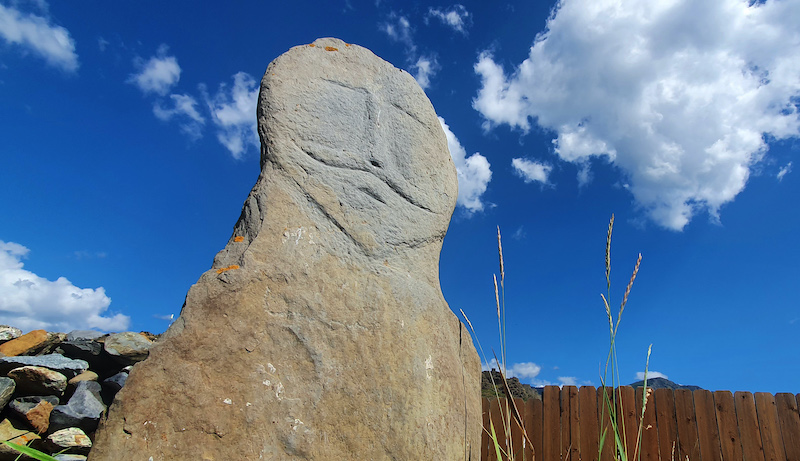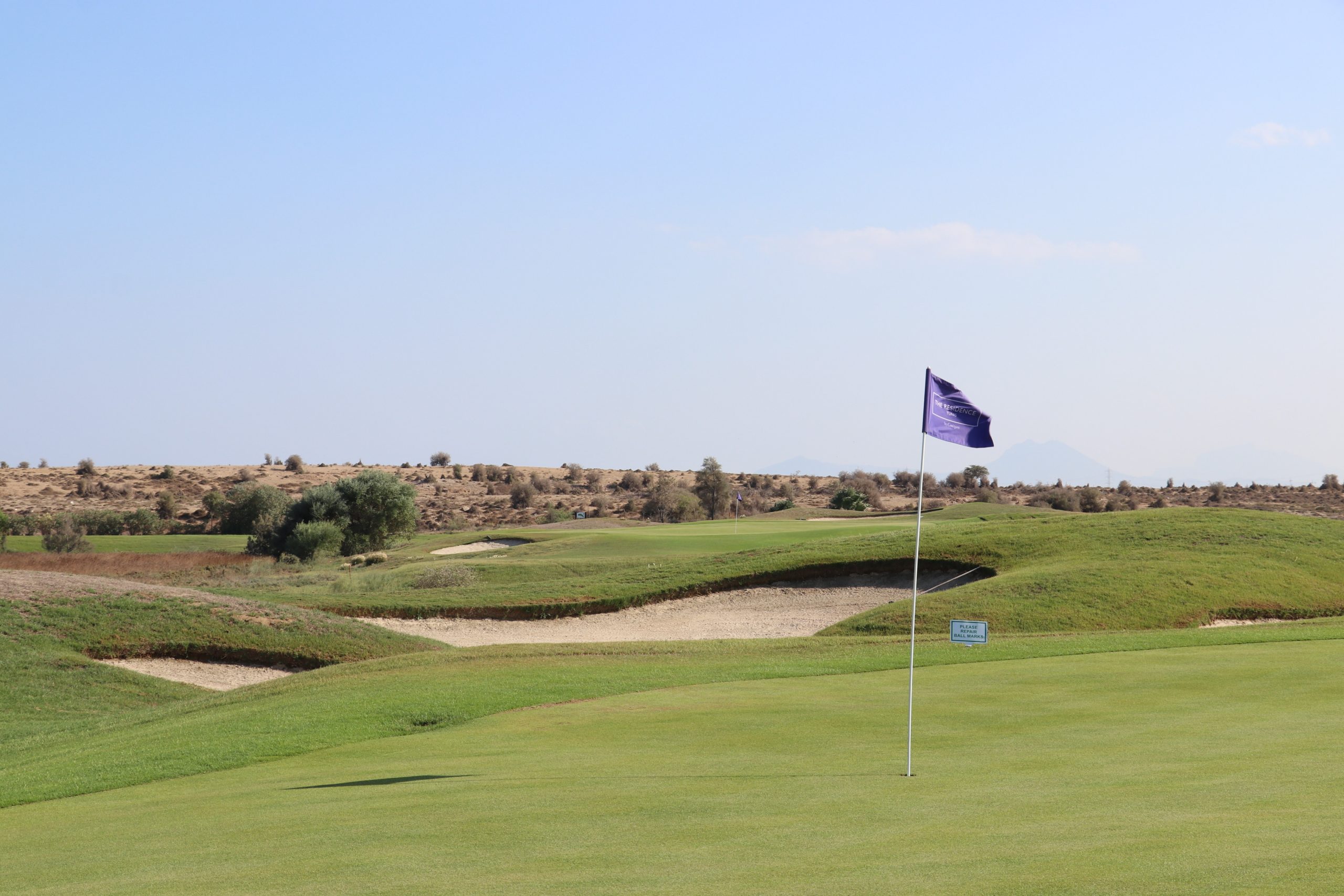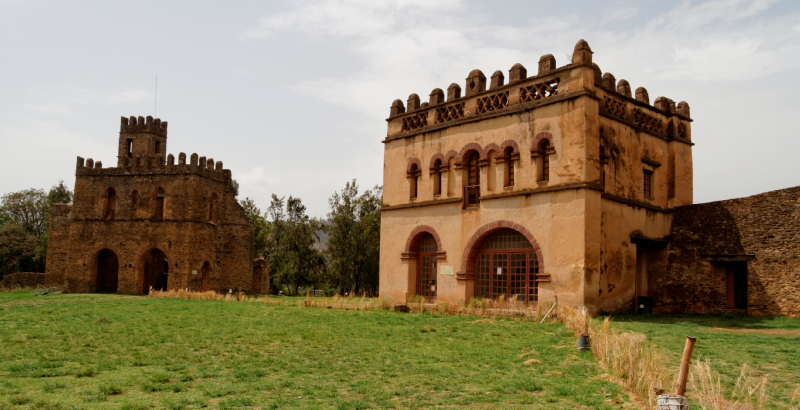Le Stele di Kurgan (spesso chiamate “balbal” o” idoli”) furono spesso menzionate dai ricercatori dell’Altai del XVIII-XIX secolo. Molti di loro avevano facce di origini mongole scolpite nella pietra.
I recinti funerari scoperti e i kurgan furono chiamati “tombe di Chud” dopo la leggenda diffusa di un’antica tribù di Chud. Successivamente, misteriose iscrizioni rupestri furono trovate scolpite in linee sottili con uno strumento appuntito. Sono stati scoperti anche altri oggetti tra cui forni per la fusione del ferro. Ci è voluto del tempo per studiare i siti menzionati in dettaglio e attribuirli a una cultura archeologica comune denominata Cultura Turkic.
A metà del primo I° d.C., ci furono diversi sviluppi in Altai che cambiarono radicalmente il corso della storia del continente eurasiatico. Nel 460 d.C, 500 famiglie Ashina furono reinsediate con la forza dal Turkestan orientale ai monti Altai. Queste famiglie possedevano un segreto della produzione del ferro.
La leggenda narra che queste tribù siano state distrutte dalle tribù vicine e che solo un ragazzo sia sopravvissuto, al quale furono amputate le gambe. Fu una femmina di lupo a salvarlo e curarlo. Si narra anche che questa lupa, ritiratasi in una grotta, rimase incitna del ragazzo e che diede alla luce dieci figli. Una di questi era Ashina, una guerriera potente e galante. I suoi discendenti vennero in Altai e riuscirono a unire la gente del posto per diventare il nucleo di un nuovo gruppo etno-culturale che si fece chiamare popolo “Turkic”. Il popolo turkic era per lo più guerriero. Abili fabbri, producevano armi e armature ottenendo importanti vantaggi bellici sui loro nemici.
Il popolo turkic fu il primo popolo in Siberia a sviluppare e utilizzare ampiamente la scrittura (VII secolo d.C.). Simile a quello nordica, la scrittura era chiamato runico. Più di 90 testi runici sono stati rinvenuti in Altai.
Credit: Pavel Filatov ph.






